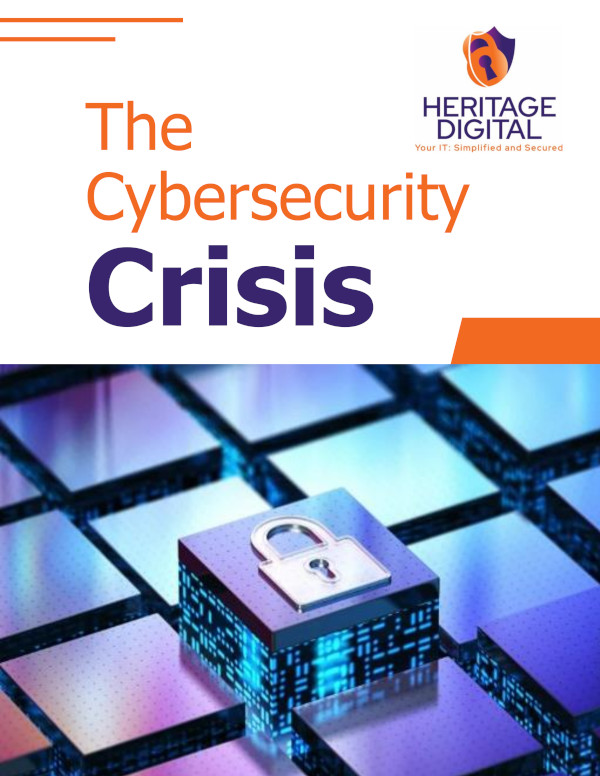
In today's digital age, the financial sector faces an unprecedented threat from cybercriminals. From banking giants like Capital One and JPMorgan Chase to smaller regional banks and credit unions, no institution is immune to these sophisticated attacks. Cybercriminals employ various tactics, including ransomware, phishing, DDoS attacks, and insider threats, to exploit vulnerabilities in digital infrastructure.
The consequences of these attacks are far-reaching and devastating. Financial institutions face not only direct monetary losses but also the compromise of sensitive customer data (PII), operational disruptions, and hefty regulatory penalties. Perhaps most damaging in the long term is the often-overlooked impact on an institution's reputation, which can erode customer trust and loyalty.
To combat these evolving threats, financial institutions must adopt a multi-layered approach to cybersecurity. This includes implementing Advanced Threat Detection systems, conducting regular employee training to create a human firewall, developing and maintaining a robust Incident Response Plan, and ensuring strict adherence to regulatory compliance. In an environment where cyber threats are constant, vigilance and proactive measures are key to safeguarding both the institution and its customers.
Call us at 843-699-1001 or book a consultation. We're eager to hear your thoughts on our series—share your feedback and questions with us here.
About the Author

Marty Parker
Owner & CEO
Marty is the Owner & CEO of Heritage Digital. With over 30 years of experience in building and leading top-notch IT teams, Marty has a rich background in both the manufacturing and healthcare sectors. He spent 13 years in each industry before taking the helm at Heritage Digital. Before leading Heritage Digital, he served as the CIO of Carolinas Hospital System (now MUSC Health Florence Medical Center). Marty is dedicated to educating and safeguarding people from cyber threats.





